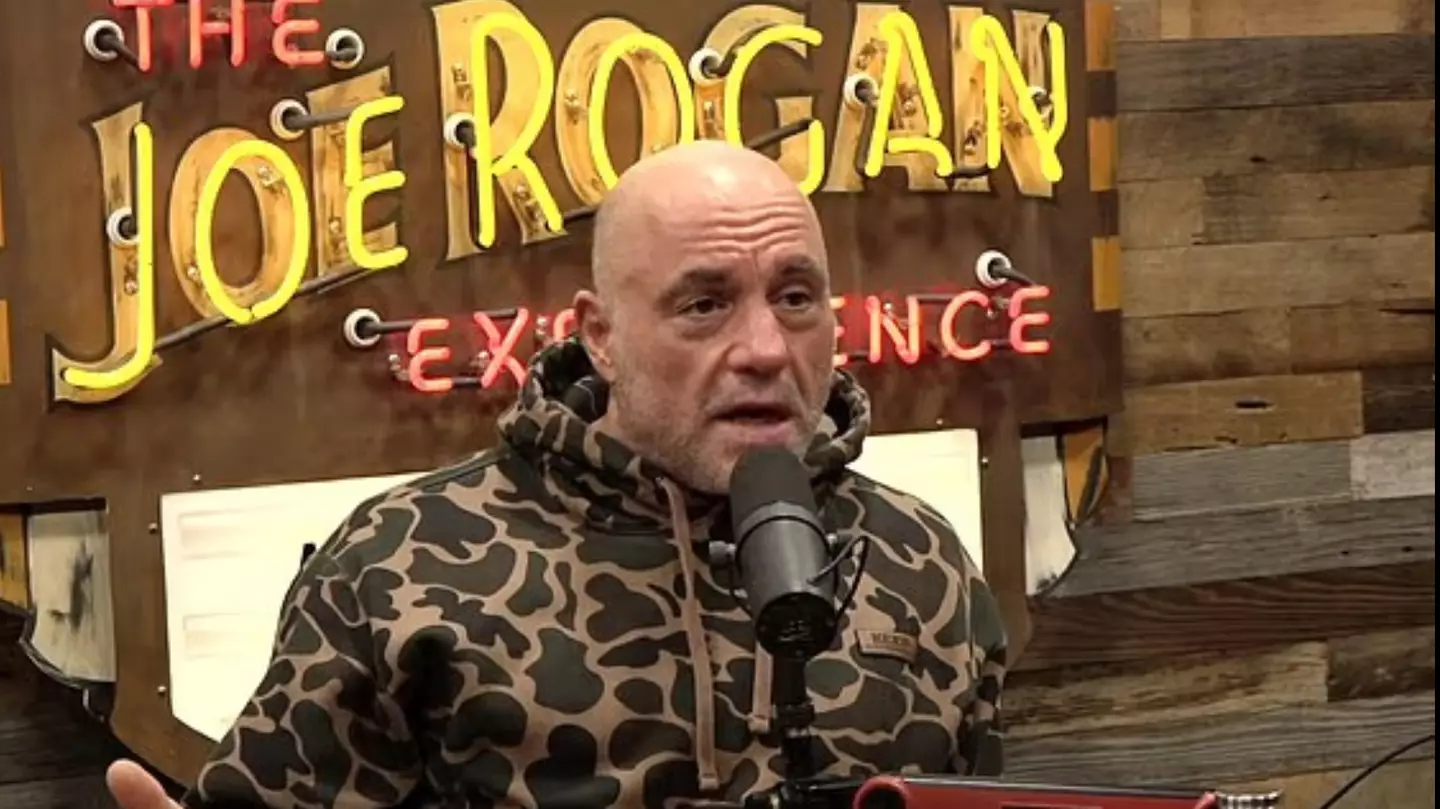


A rise in awareness follows the death of the UK's youngest dementia patient, aged 24

The Trump administration previously accused Renee Good of trying to 'incite violence' against federal agents

Kristen Marie Kovatch was killed while on a New Year's Day hike

Oliver Alvis said he has been living in a 'waking nightmare' since his sleep troubles began in December 2023

The US leader made the threats amid ongoing protests against ICE across the country

A recent study shed further light on the risk factors of developing a stroke or heart issues

26-year-old Erfan Soltani was scheduled to be executed by the Iranian state yesterday (14 January)

Donald Trump has just banned 15 countries that have qualified for the World Cup from entering the US
Fans of some countries will not be allowed into the US despite their team playing at the World Cup

Regan Kelly, 28, was found floating face down in the sea at Phuket's popular Patong Beach

The latest immigration crackdown from the Trump Administration could have massive repercussions

Trump has said he is 'going to do something on Greenland, whether they like it or not'

All four astronauts are being looked over after returning from space
breaking

It'll be easier to mobilise former military personnel

The podcaster has admitted his fears for the US after the latest controversies

Trump warned there would be a 'big price' for Iran

The parents of the two children have opened up on the heartbreaking disease

They're having to come home early from their mission

The former Russian deputy prime minister has issued a strong message to Donald Trump

The family of Erfan Soltani has been handed a positive update on the Iranian's execution

He accused the president of 'pumping himself full of poison'

Andre Yarham was diagnosed with frontotemporal dementia a month before his 23rd birthday

A new NASA 'deep space' mission is set to be the first of its kind in over 50 years

The US president had promised support to protestors




